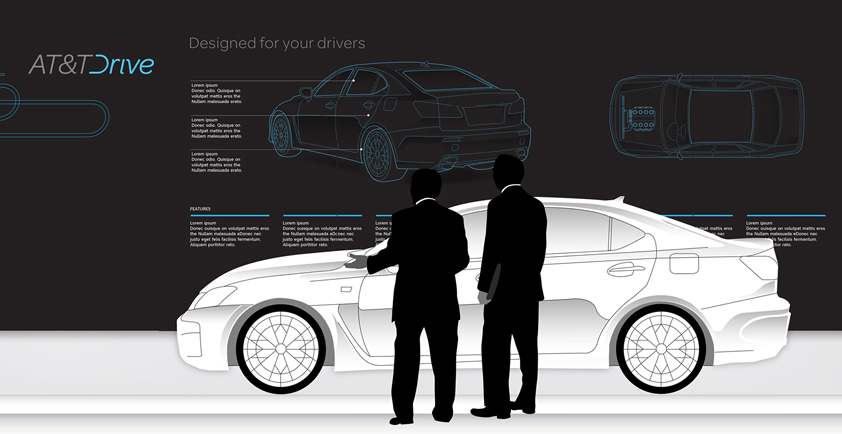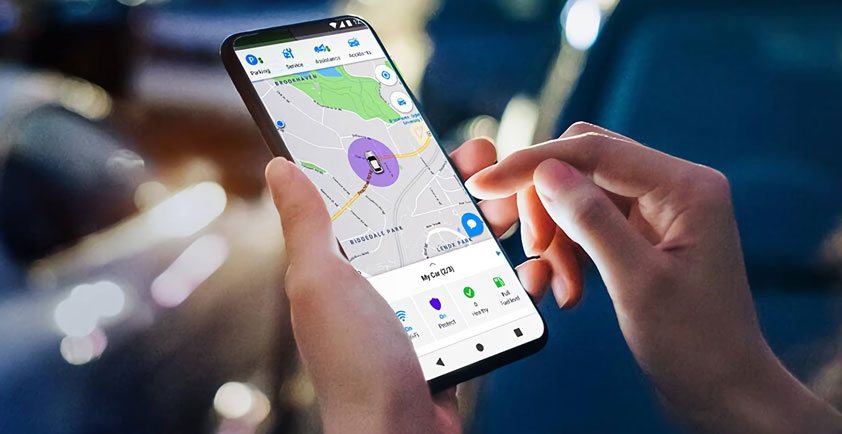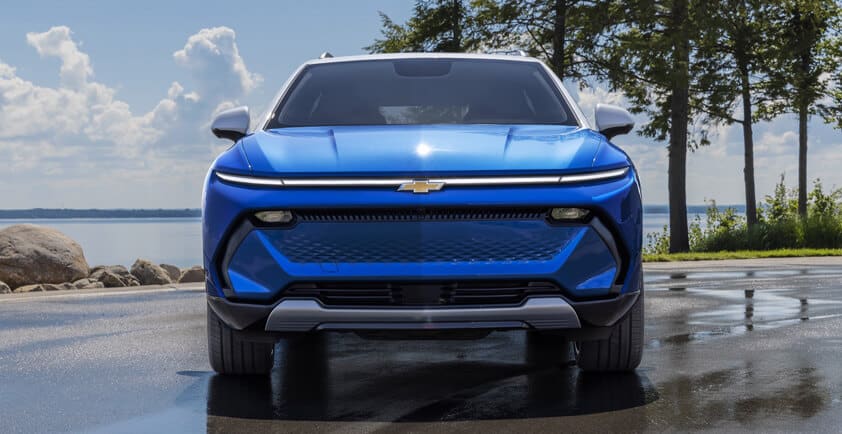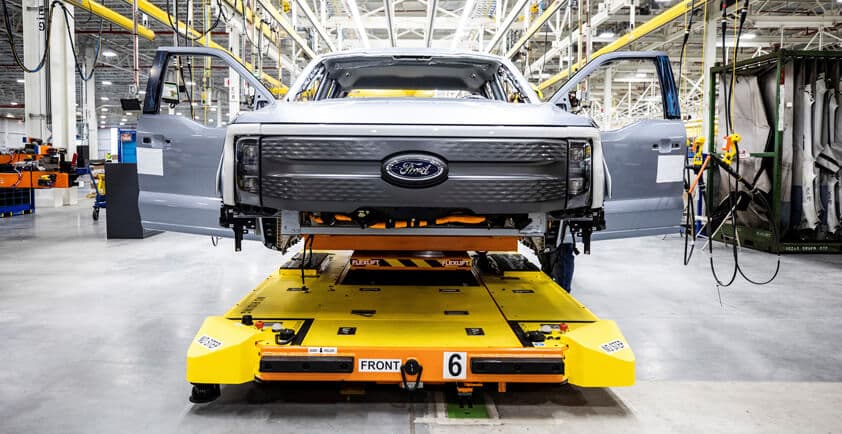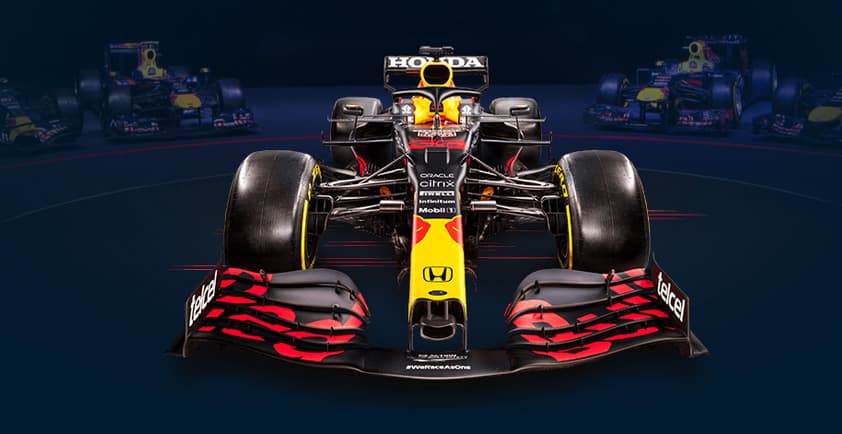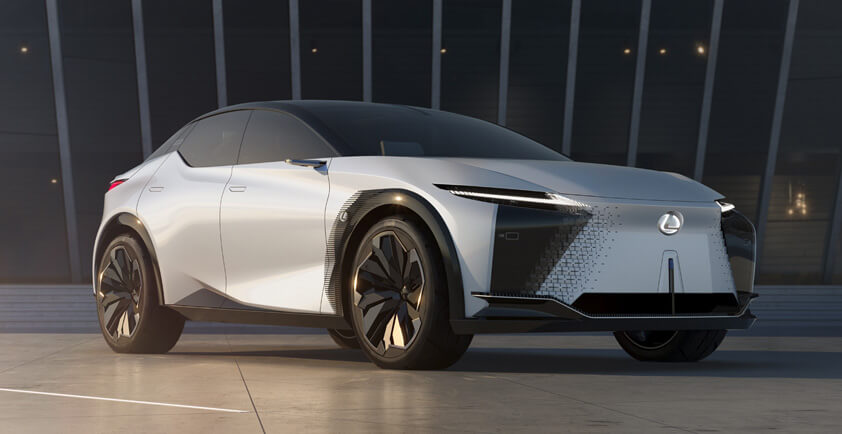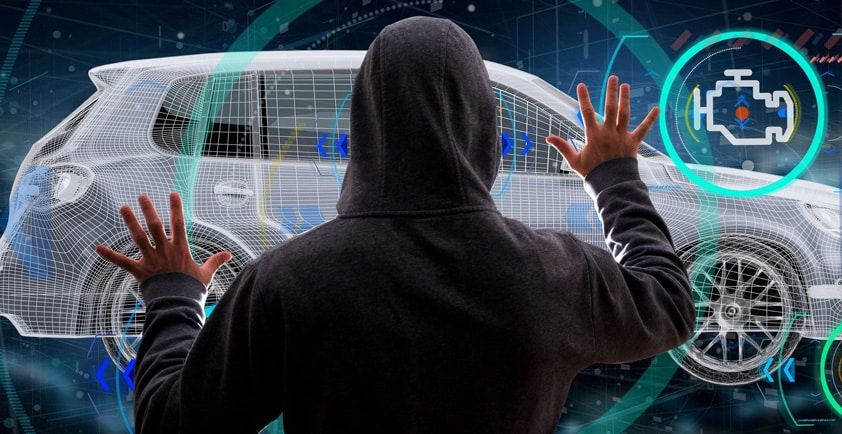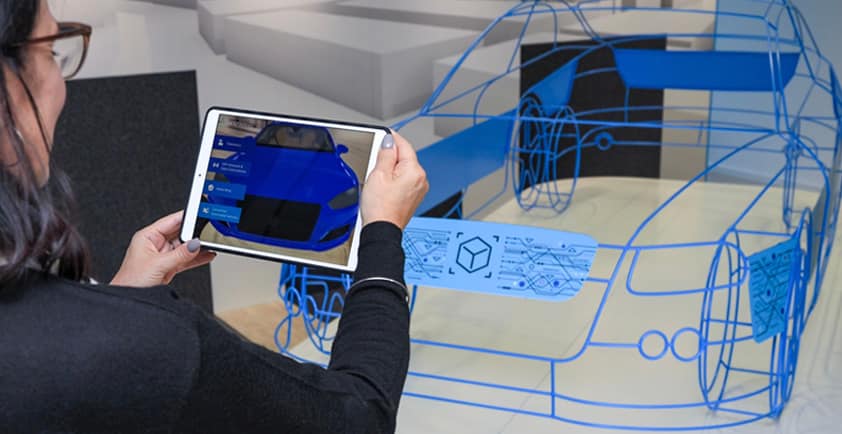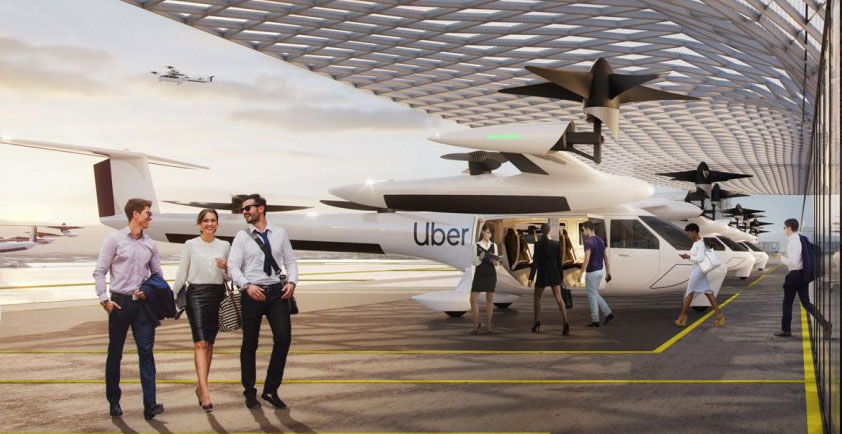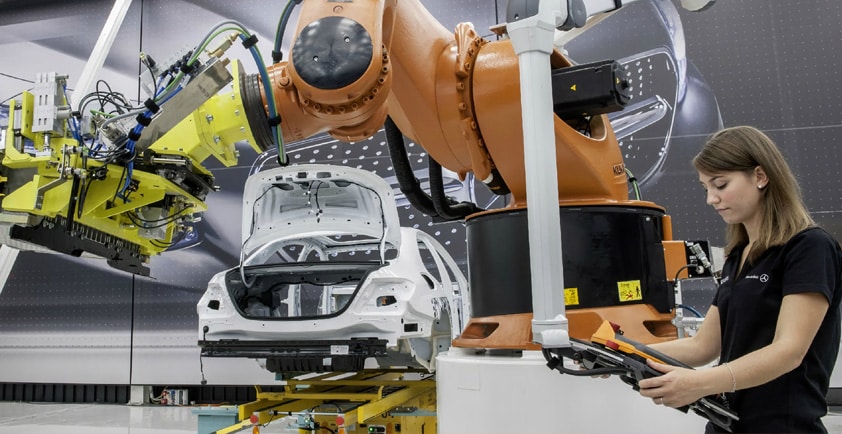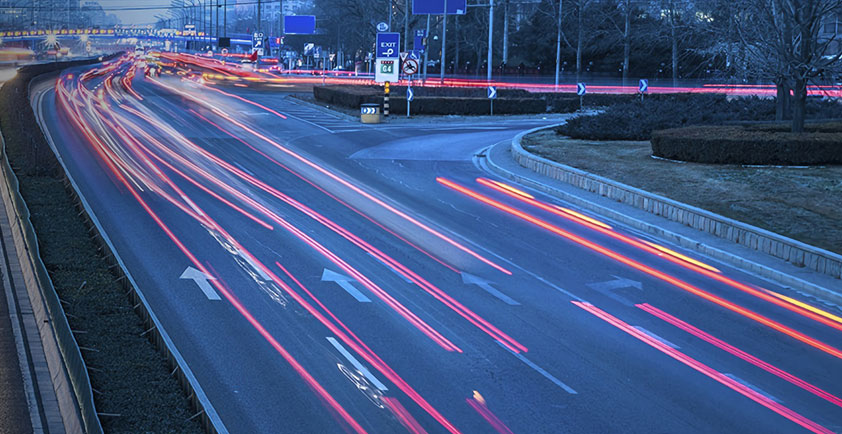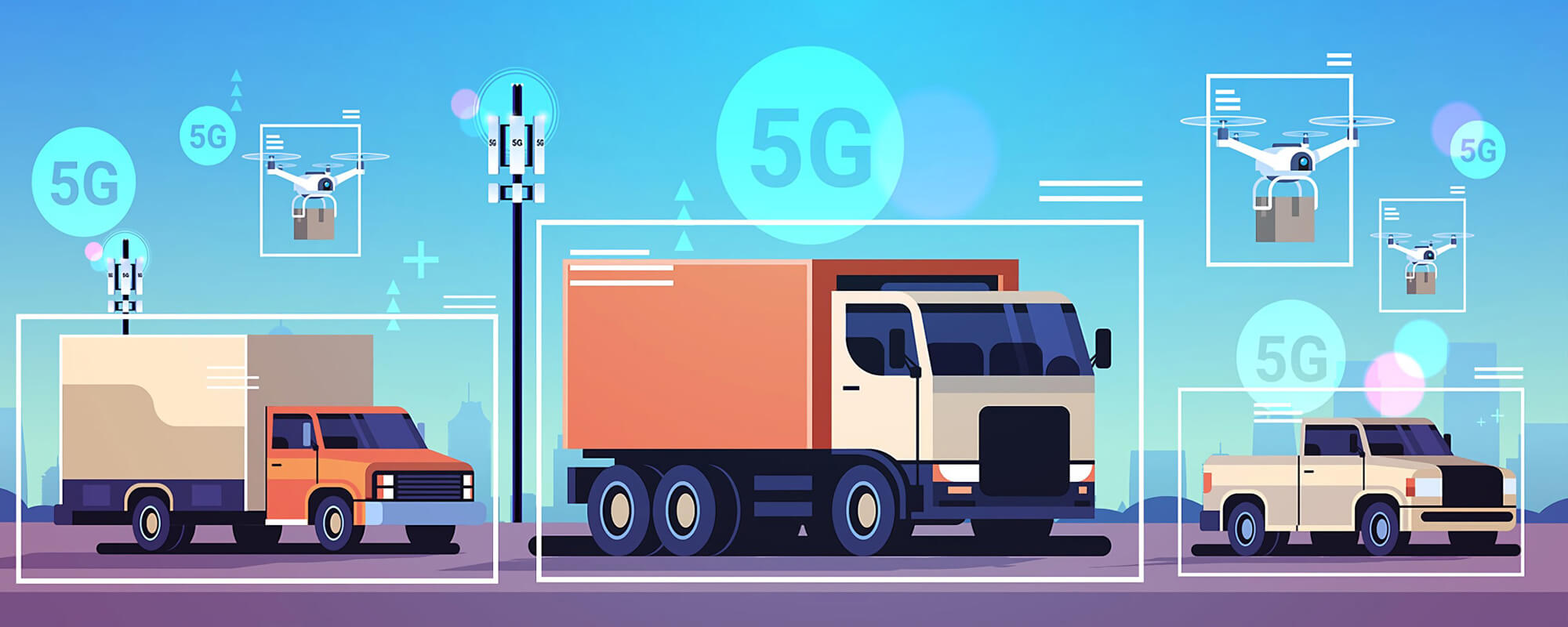
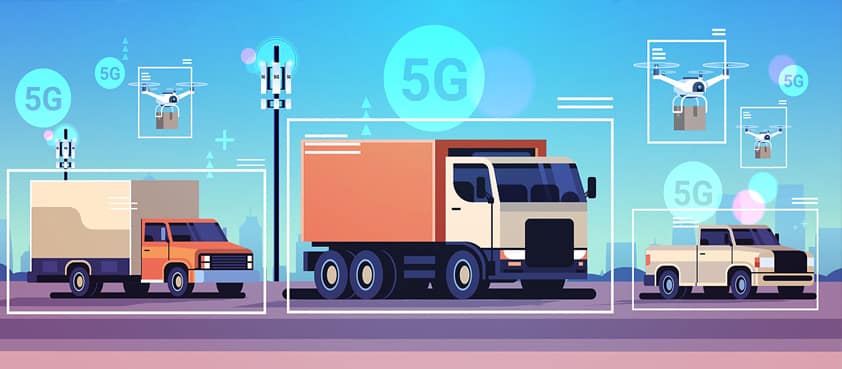
HOW 5G WILL IMPACT THE TRANSPORTATION INDUSTRY
Self-driving cars, connected traffic infrastructure, and more
As the arrival of 5G technology nears closer, businesses across all industries are preparing for what’s to come. The transportation industry, ranging from public buses to private logistic fleets, is a sector that could benefit greatly from the introduction of next-generation wireless networks.
When added to existing network architectures, 5G technology has the potential to provide increased visibility and control over transportation systems. The low latency, high capacity, and reliability will enhance how goods and people travel.
Through mobile technology, 5G is expected to provide end-to-end connectivity across our cities and beyond. It will support many types of communications for transportation companies. Two of the most important include:
> Vehicle-to-vehicle (V2V): Vehicles relay signals directly to each other
> Vehicle-to-infrastructure (V2I): Vehicles communicate with sensors on bridges, roads and traffic lights
Unified network protocols
To date, municipal area networks have typically been a hodgepodge of wireless networking protocols. Wi-Fi, RF-Mesh, ZigBee, Z-Wave, Wi-SUN and LoRa operate without heeding each other, creating application silos that make it difficult to serve city-wide applications.
By using integration gateways to unify these short-range communication technologies, a city can create a single network governed by a common set of rules or policies. Unifying network protocols in this way makes it possible to seamlessly hand off communications with a connected vehicle as it travels between different access points.
As 5G networks roll out across our cities and bind together existing wireless networks, they can provide real-time, end-to-end visibility into our transportation systems.
Increased network capacity will help public transportation managers connect people in our stadiums and convention centers with our buses and subways, creating the kind of journey-level intelligence that we haven’t seen before. It can also give us more visibility into the combined movement of people and traffic, enabling cities to plan day-to-day traffic flows and anticipate transportation capacity around large events in real time.
Similarly, ubiquitous city-wide 5G networks will make it easier for private fleet owners to get consistent telemetry data from their field service vehicles and delivery trucks. This data, delivered in real time, will help them track everything from vehicle location and speed to idle time and fuel consumption. Analytics systems can use this information to optimize long-term vehicle usage and short-term routing.
Safety and reliability
Increased fleet visibility can also translate into better safety and reliability. Drivers in both public and private fleets can stay in contact during emergencies and get real-time notifications of adverse road conditions, enabling them to reroute their trips dynamically if needed.
This rerouting is only one example of the increased efficiency that we can expect from 5G-enabled transportation. V2I communications can enable vehicles and transportation infrastructure to work seamlessly with each other.
Traffic lights can adapt dynamically around traffic flow, adjusting lights to minimize unnecessary delays. On the highway, convoys of connected vehicles can form “mini-clouds,” communicating with each other to warn vehicles behind of fluctuations in the road and to maintain a steady distance between each other.
As self-driving vehicles become a reality, these V2V and V2I advances can help make autonomous driving algorithms safer and more reliable. This sets the stage for a series of transportation advances that could transform the road of the future into a very different – and safer – place.
Nearly 125 years after the first vehicle was road tested, our journey to the future has only just begun.
